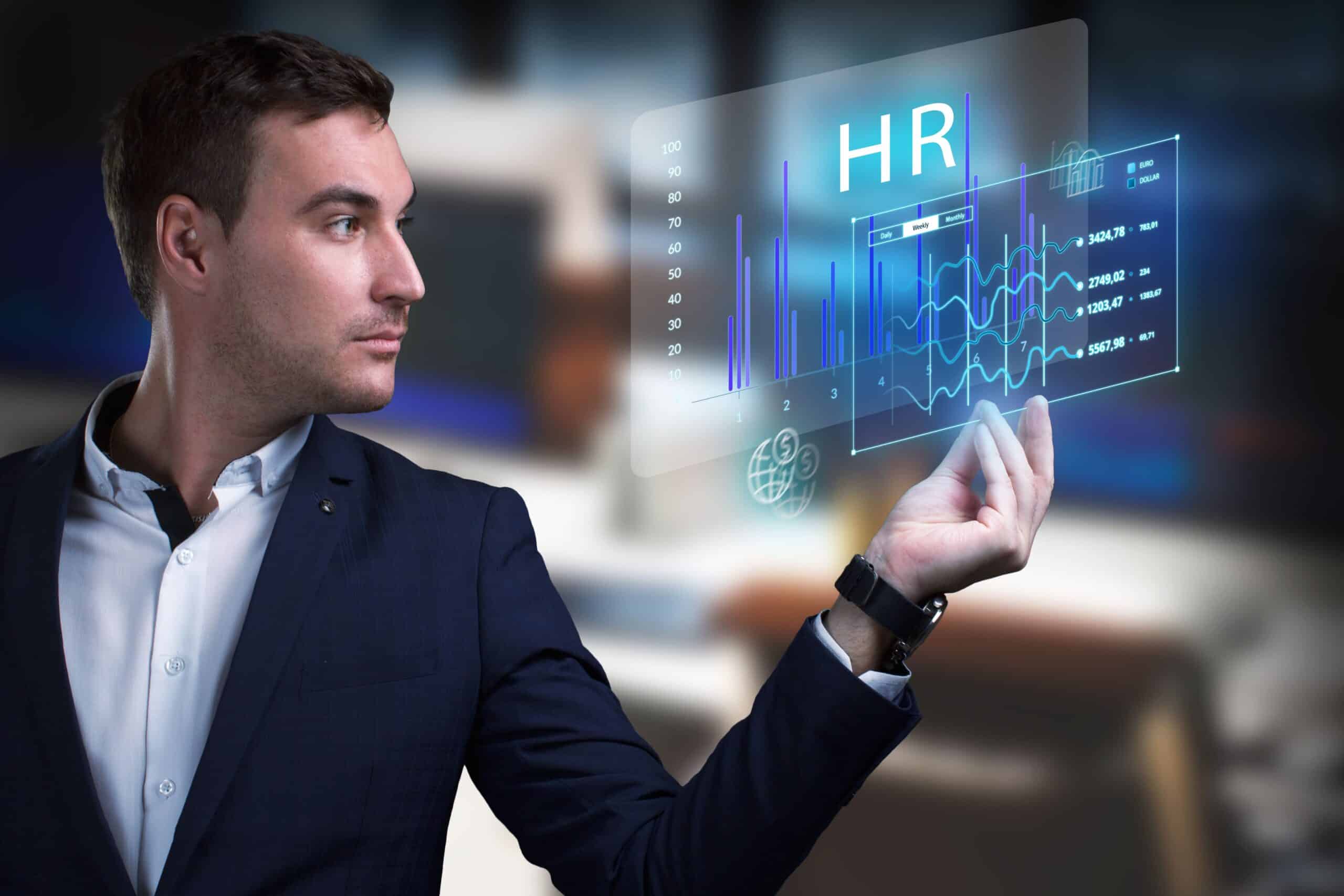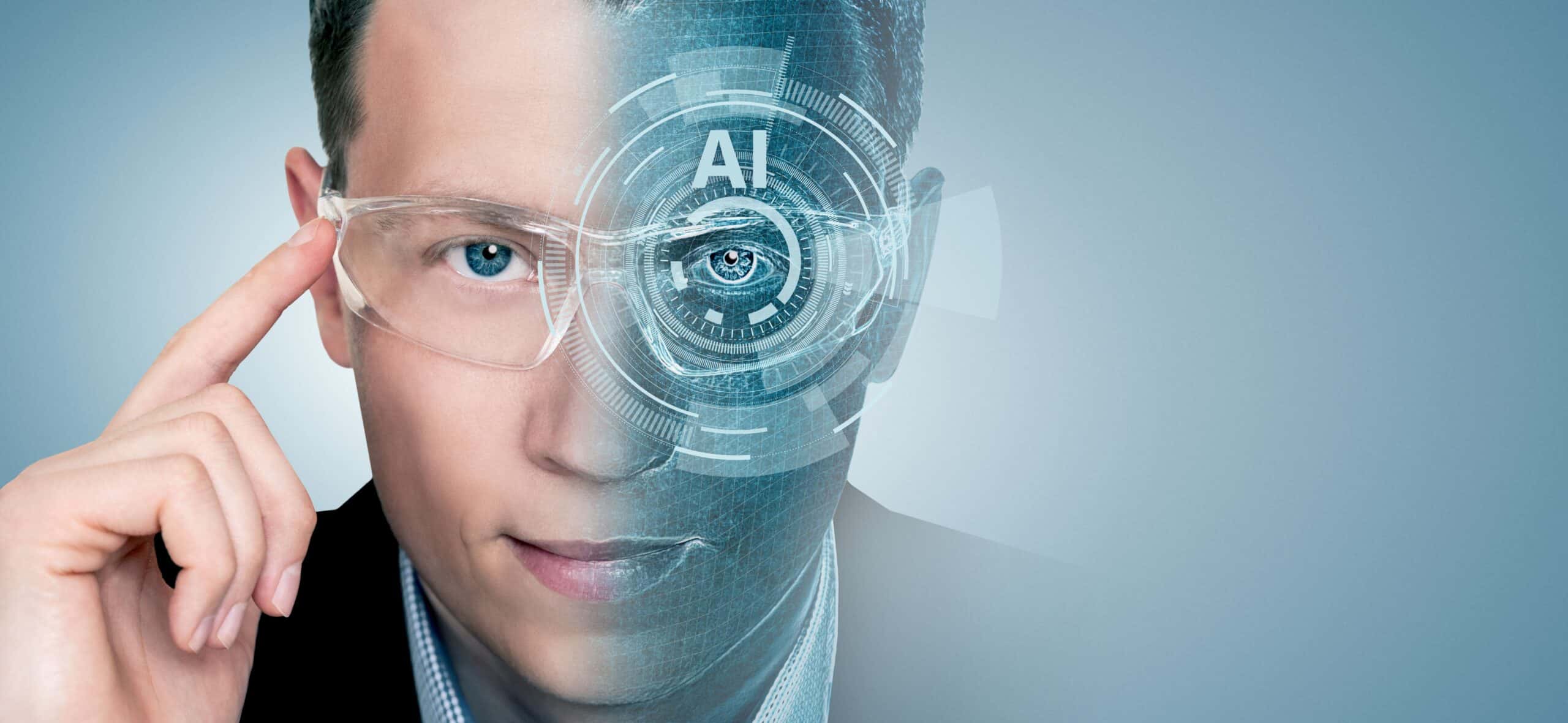- The digital workplace – a rapidly growing market
- Appspace – uniting the physical and digital workplace
- Digital twin solution helps optimise business processes at Bayer
- Cloud-based platform helps IT teams remediate issues across millions of devices
- Building intelligence system ensures sustainability, flexibility, and choice
To be able to keep up with the rapidly changing work environment, organisations need to start considering implementing more and more advanced technologies – especially now that hybrid work models are fast becoming the norm. This transition to hybrid and remote working – while bringing a host of benefits, such as increased flexibility, empowerment, and an improved work-life balance – also poses challenges in terms of connectivity, communication, engagement, and productivity. To make the most of this transition, more and more organisations are focusing on creating increasingly digital and employee-centric workplaces, using AI, the Internet of Things, sensor tech, and other technologies to improve staff retention, increase efficiency, and optimise productivity. Work- and building systems are becoming ever smarter and are creating new and valuable opportunities for employers to interact not only with their employees but also with the workplace itself, making use of data to enhance the user experience and improve workplace management.
The worldwide digital workplace market is forecast to reach a value of $166.27 billion by 2030. This expected growth will be driven by the increasing focus on the adoption of cloud computing, the Bring Your Own Device (BYOD) trend, and the creation of smart work environments.
Grand View Research
The digital workplace – a rapidly growing market
The digital workplace increases efficiency, productivity, flexibility, and organisational agility. It also helps attract, attain, engage, and motivate employees as it enables them to work according to what works best for them. At the digital workplace – which can be anywhere – employees can use their own devices and teamwork happens via secure, cloud-based collaboration tools, so that data can be accessed from anywhere, at any time, and from any device. According to MarketsAndMarkets, digital workplace solutions help improve collaboration and communication between team members, enable a healthy work-life balance, and allow organisations to mitigate various common risks, adhere to regulatory compliances, and ultimately facilitate enhanced business value. These various important benefits of the digital workplace are expected to fuel the increased adoption of digital workplace solutions in the years to come. A Gartner survey indicates that 16 per cent of companies are increasingly implementing technology to track computer usage, monitor employee emails, and keep an eye on virtual clocking in and out. Some of these organisations monitor productivity to understand the employee experience better, while others focus on employee wellbeing, engagement, and productivity.
According to Grand View Research, the worldwide digital workplace market is forecast to reach a value of $166.27 billion by 2030 and grow at a CAGR of 22.3 per cent between 2022 and 2030. This expected growth will be driven by the increasing focus on the adoption of cloud computing, the bring-your-own-device (BYOD) trend, and the creation of smart work environments. According to a study by Gartner for the Harvard Business Review, 87 per cent of senior managers increasingly see achieving effective digital workplaces as a priority, with the majority saying it is a ‘do-or-die imperative’.
Appspace – uniting the physical and digital workplace
Texas-based Appspace, leading provider of enterprise communication platforms and workplace experience software, has recently completed its business integration of award-winning intranet software leader Beezy. This enables Appspace to bring together organisations’ physical and digital workplaces, ensuring that in-person and remote teams remain connected and engaged, and creating a consistent experience across all employee touchpoints. Appspace enables content administrators to centrally manage the publishing and distribution of content across thousands of devices. The platform combines various apps with cutting-edge intranet and digital signage to transform the way in which members of an organisation communicate and navigate the hybrid workplace, keeping everyone connected – irrespective of the location they work from. The platform also offers digital tools for building navigation, visitor management, interactive kiosks, and room scheduling. Appspace is already used by more than 10 million on-site, remote, and frontline staff members across the world.
Digital twin solution helps optimise business processes at Bayer
The Bayer Group, the life science giant with core competencies in health and agriculture, and locations and facilities all over the globe, was facing a challenge with its information management due to legacy engineering solutions – some of which were almost 30 years old. This often led to work being done in a siloed manner, which negatively impacted project execution and efficiency. Albert Becker, head of CAE & BIM Support at Bayer Engineering & Technology, said: “It is important for us to execute projects quickly and efficiently, while improving time to market. If we do not have reliable asset documentation in a standardised and digital format at the beginning of the project, we have to invest a lot of valuable time to prepare the data for operations”. To remedy this situation, Corporate Real Estate (CRE) – provider of all corporate real estate management support at Bayer AG locations – entered into a partnership with global leader in digital reality solutions, Hexagon. The team created a digital twin (3D recordings) of the rooms, floors and items at technical facilities, including fire dampers, filter and ventilation systems, at various Bayer sites. These recordings were processed and uploaded to the Hexagon TruView cloud. This enabled users, such as the management service provider, but also new employees, tenants, technicians, and other (trades)people, to digitally navigate through the building, using tags and zoom features for detailed views. This digitalised approach enables all stakeholders and staff members to collaborate in the same virtual environment, without the need for complex data transfer between different environments, allowing Bayer to save time while maintaining data control.
Cloud-based platform helps IT teams fix issues across millions of devices
Nexthink, leader in digital employee experience (DEX) management, has launched Infinity, a cloud-based platform that offers unparalleled visibility and analytics across any environment, leveraging machine learning, data processing, and visualisation technologies. Infinity enables IT teams to become more proactive and provide an always-on workplace to their staff members, wherever they are. Using the platform, IT teams can diagnose any conceivable problem, automatically determine its root cause, and then remediate millions of devices. The unique, proprietary architecture of Infinity offers IT departments countless integration and data capture capabilities from any application – such as collaboration apps like Teams or Zoom – and monitors issues across physical, mobile, and virtual devices. The platform’s AI-driven incident diagnostics can help make troubleshooting much faster and more efficient by automatically detecting patterns and linking them to root causes. This enables IT teams to become much more proactive and provides them with ongoing insights into (system performance) challenges that affect the digital journey of an organisation’s employees.
Some 70 per cent of employees would like to visit the office 1–3 days per week. Almost 50 per cent of respondents said they would want to go to the office to work on specific projects or tasks with coworkers, and close to 40 per cent would want to go to the office to socialise and be part of a work community.
Arcadis internal survey
Building intelligence system ensures sustainability, flexibility, and choice
The building that houses the London headquarters of global design, engineering, and management consulting company Arcadis consists of approximately 13.000 m2 of flexible work space across two floors, specifically created around the needs and preferences of the people who work there. The location was selected to create an environment that focuses on technology-enabled sustainability, flexibility, and choice – a workplace that fits every employee’s requirements – and prioritises ways of working that increasingly shift from ‘where’ to ‘how’. According to internal Arcadis surveys, 70 per cent of its employees would like to visit the office 1-3 days per week, indicating that the office still has an important role to play. The survey also shows the extent to which people value sustainability, flexibility, and choice. Almost 50 per cent of respondents said they would want to go to the office to work on specific projects or tasks with coworkers, and close to 40 per cent would want to go to the office to socialise and be part of a work community.
The Arcadis headquarters enables activity-based working, with workspaces ranging from informal touchdown areas and private rooms to collaborative workspaces and open-plan desks. The building boasts an integrated intelligence solution by Arcadis with smart features capturing 1.85 million data points every day to monitor the building’s performance and enable its occupants to find the right spaces for their tasks. The building intelligence solution makes use of environment and utilisation sensors, visitor management systems, digital access control, mobile and digital signage apps, touch-free desk-booking systems, and individual light and temperature control options. The system enables the optimisation of water and energy use, helps reduce operational costs, and improves the occupants’ wellbeing, comfort, and productivity levels.
In closing
The digital economy requires the continuous shifting and expanding of ideas, information, and business models in order to generate new initiatives and innovations. Digital workplace solutions for the monitoring of workplace productivity and employee wellbeing are becoming increasingly ubiquitous, predominantly as a result of the transition to hybrid and remote work. To drive business growth, more and more organisations are expanding their investments in digital workplace solutions, which includes the implementation of specialised software, smart devices, and apps. In the years ahead, digital workplace solutions will become an even more critical component to improving communication across departments, increasing productivity, enhancing employee engagement, and minimising churn rates. And this makes sense, because people increasingly expect their workplaces to offer the same kind of (collaboration and communication) technology as they have become used to in their personal lives.







